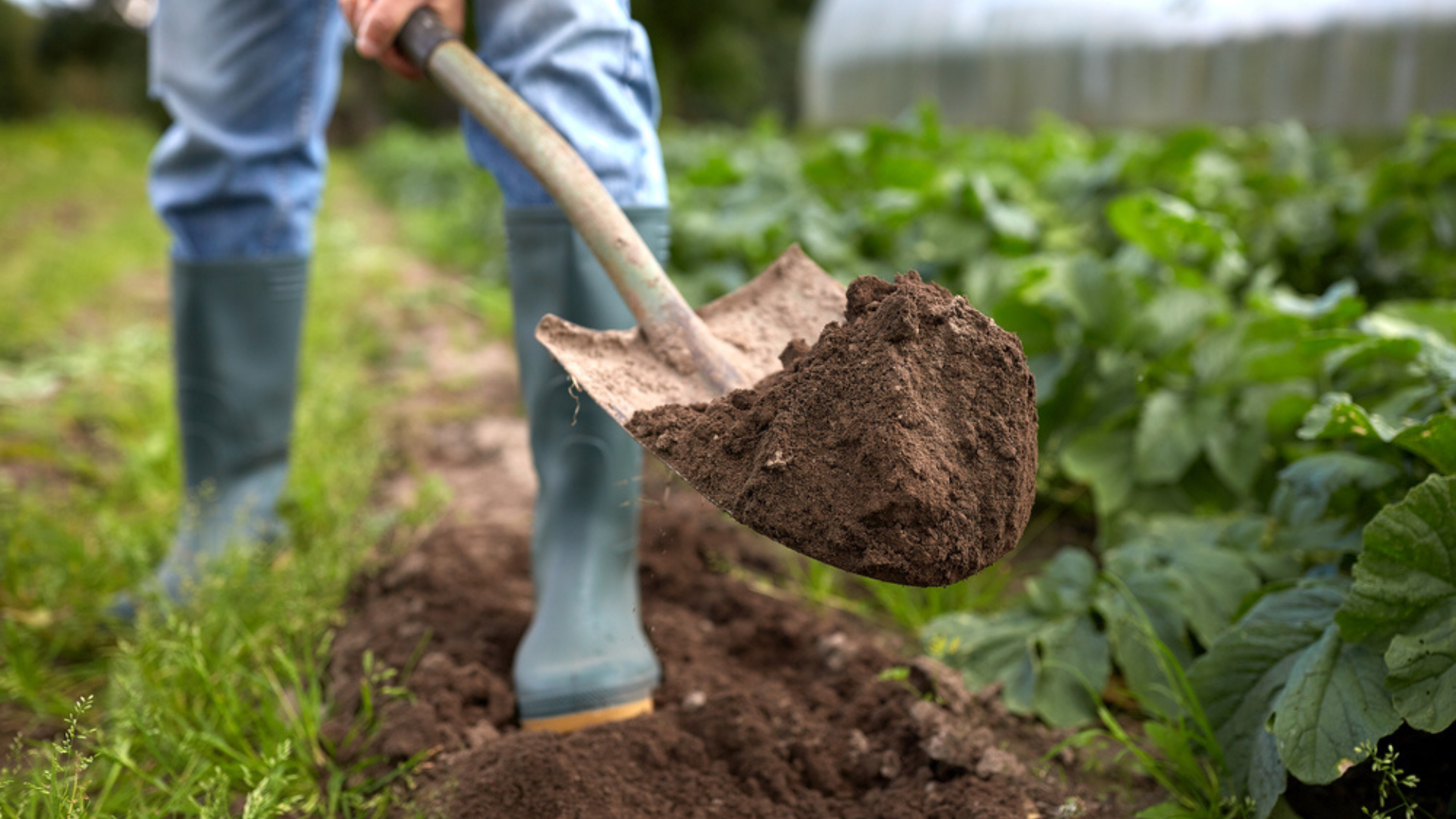

After an interesting month filled with a variety of different weather conditions and temperatures, February is now here and we're back with another gardening guide. That's right, put your gardening gloves back on because it's time to get outside again.
If you're new here, I'm using 2024 to attune my gardening skills after abandoning my outside space last year. During this process, it's my aim to share each of the garden maintenance tasks I'll be completing throughout 2024, and as previously mentioned, February's list has arrived.
Following on from my gardening jobs for January, Craig Wilson, Co-founder, Director and in-house gardening expert at Gardeners Dream has shared with me his expert advice on February gardening. These are the jobs I'll be focusing on this month, and hopefully you will be too.
Before you find out more, have you secured the 10 essentials every gardener should have in their tool kit yet?
Garden maintenance
1. Secure any plants that have been lifted by frost or knocked by the wind
February is a good time to do a checkover of your ground plants, especially as January was a frosty month with numerous storms. Following cold weather and high winds, some plants may have lifted, so make sure to firm down the soil around any that have loosened. This will ensure they are nice and secure for the month ahead.
2. Clean and service any lawnmowers and power tools
February is also a perfect time to get your garden tools in order ahead of spring. Making sure mowers and power tools are running smoothly and petrol tanks are filled will save you a job when the real garden work begins in the next few months. On that note, have you seen the rust-busting hack from TikTok which is perfect for garden tools?
3. Install bird boxes for spring chicks
When spring arrives, birds will be looking for places to nest and welcome their chicks. Setting up a bird box or two won’t just help them out, but it will also be nice for you to watch them hatch and grow.
Sign up to the T3 newsletter for smarter living straight to your inbox
Get all the latest news, reviews, deals and buying guides on gorgeous tech, home and active products from the T3 experts
4. Prepare your vegetable beds
Make a start on preparing your vegetable beds and boxes, preparing them for sowing later in the month and early March. You’ll want to do some thorough weeding, ensuring you remove the roots so they don't grow back. Follow by forking in some well-rotted manure or compost and then covering with black plastic sheets to keep the soil warm and dry, ready for planting.
5. Install water butts whilst rainfall is still quite high
Whilst the weather is particularly wet, it's a great idea to install a water butt or two. Not only will it save you money on water bills come summer time, but it is more beneficial for your acid-loving, ericaceous plants, such as Azaleas, Hydrangeas, and fruits like blueberries and raspberries.
Plants, flowers and trees
6. Prune hardy evergreen hedges
February is also a good time to prune your hardy, evergreen hedges, making sure to remove any branches that have been broken by the wind or heavy snowfall. Doing this will aid growth and also prepare them for any nesting birds when spring arrives.
7. Prune wisteria
Wisteria requires regular pruning. As beautiful as it is, it's a plant that grows quite rapidly, sp pruning will keep it under control and improve the way it flowers. All you will need to do is cut back the shoots you pruned in the summer to two or three buds.
8. Prune summer flowing clematis
Much like Wisteria, Clematis require regular pruning to keep things neat and visually appealing when it comes to flowering in the summer. You’ll first want to remove all the previous year's growth and once you have done this, continue by cutting stems down to around 30cm above ground level.
Fruit and vegetables
9. Chit early variety potatoes
Chitting early variety potatoes in February will get you off to a head start and give you the chance to get a slightly earlier harvest. All you need to do is stand your seed potatoes in egg cartons or trays with the end with the most eyes facing upwards. Place the trays in a cool, dry and frost-free location and leave them be. Once the shoots are about an inch long, they are ready to plant.
10. Start sowing some seeds under cover
February is a good time to start planting things such as lettuce and other salad crops under cover, which is good practice if you want to enjoy an earlier crop. How to sow them will depend on the type of vegetable you are planting, so ensure to follow any packet instructions carefully.
If you're interested in more, have you seen these 8 cheap DIY garden projects that will transform your outdoor space?

Lizzie is T3's Home Living Staff Writer, covering the latest in style, wellness and beauty tech. From skincare gadgets to vacuum cleaners, she's your go-to for trends and top recommendations.
When not writing, Lizzie enjoys mooching around Bath, spending time with loved ones, or testing her review units – often during an enthusiastic cleaning spree!
-
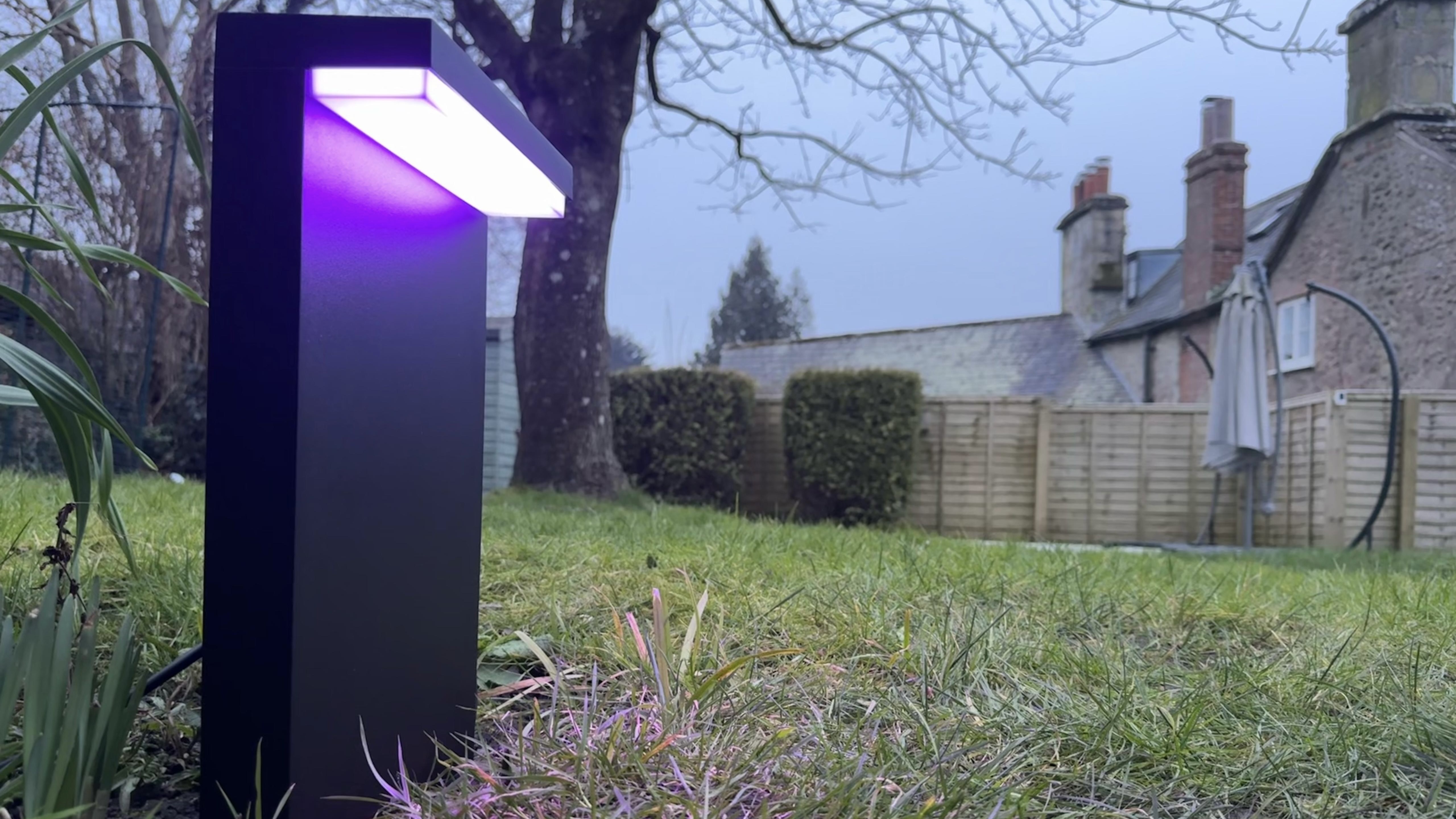 I tested Philips Hue’s most controversial outdoor smart light – here's what shocked me
I tested Philips Hue’s most controversial outdoor smart light – here's what shocked meIt's pricey and a pain to set up...but is it worth it?
By Lizzie Wilmot
-
 Wired vs. boundary-free robot lawn mowers: which one is right for you?
Wired vs. boundary-free robot lawn mowers: which one is right for you?It's a tricky decision after all!
By Lizzie Wilmot
-
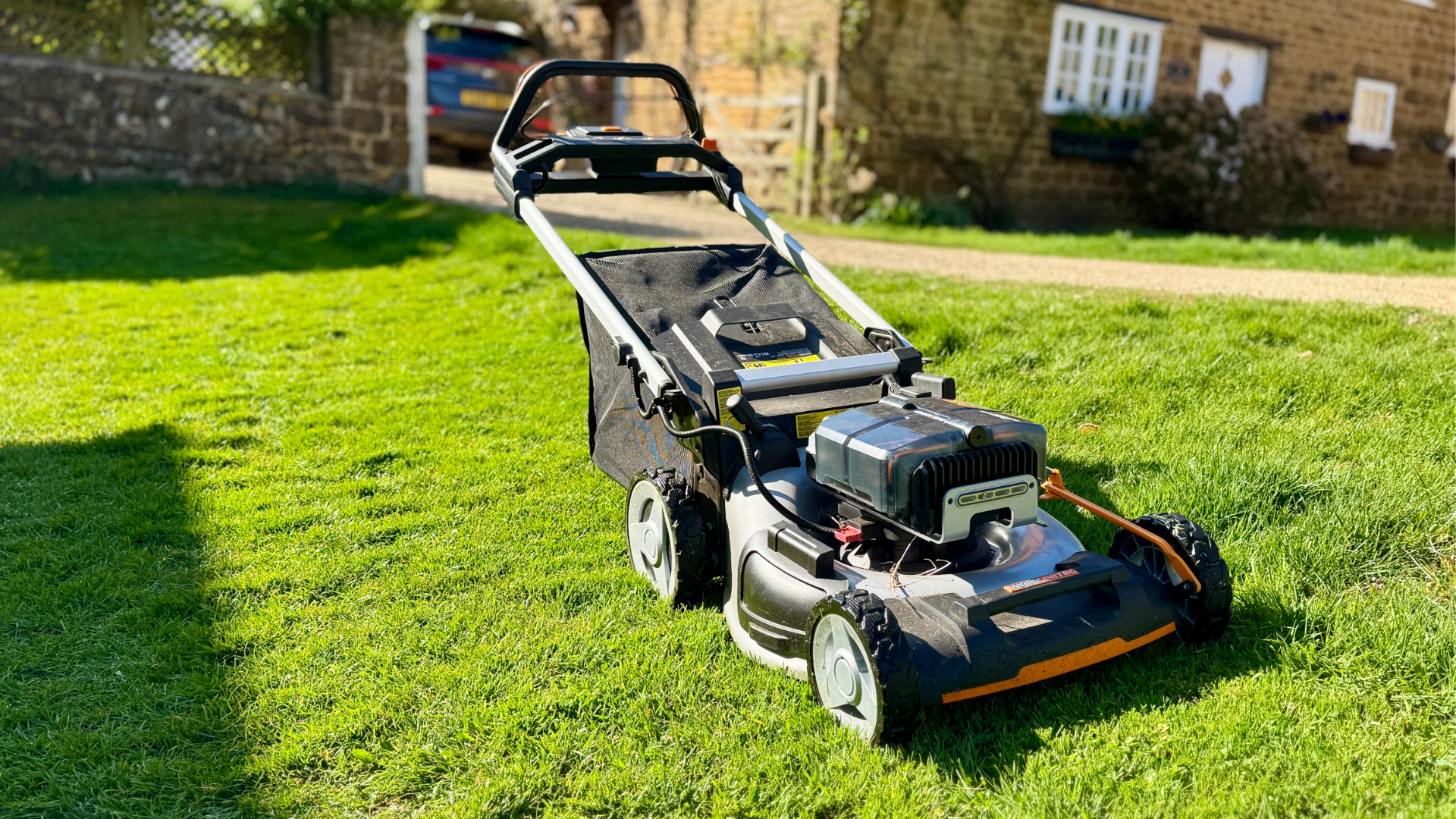 Worx Nitro WG761E 80V lawn mower review: cordless power meets petrol performance
Worx Nitro WG761E 80V lawn mower review: cordless power meets petrol performanceBig power, no fumes – the Worx Nitro might just be the ultimate cordless mower
By Derek Adams
-
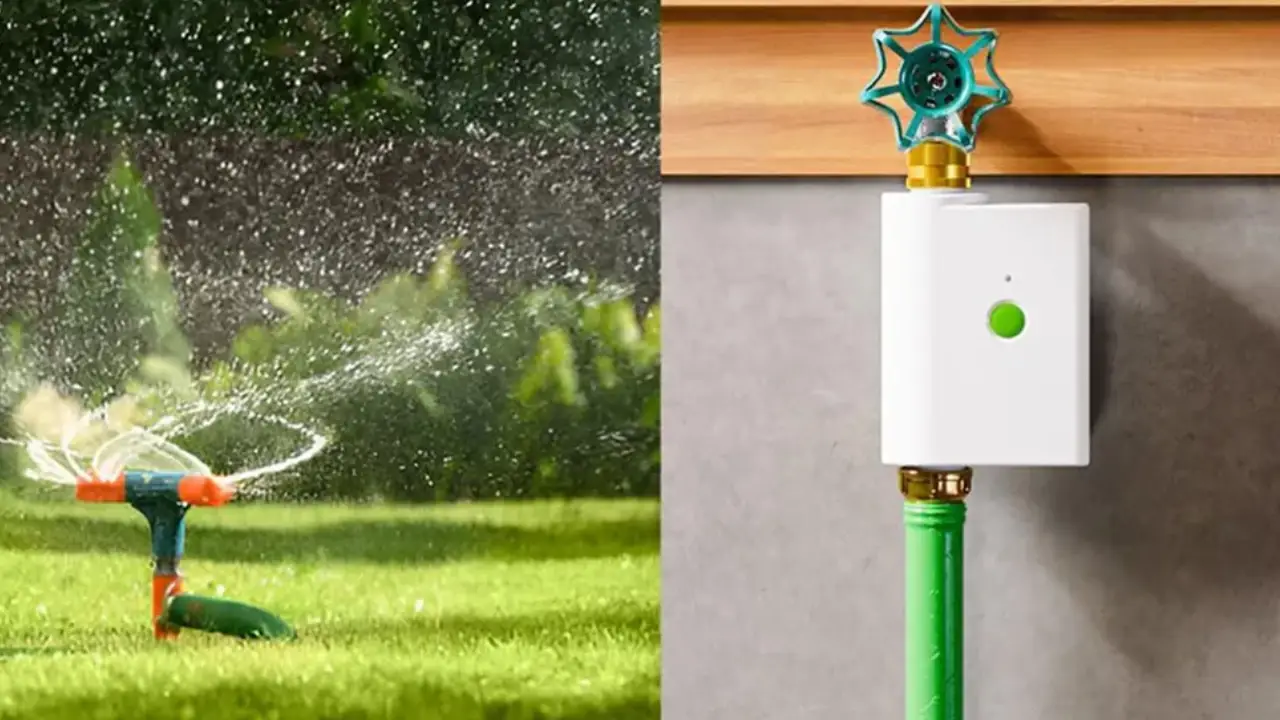 This Meross smart sprinkler makes it easier to water your garden – and it’s surprisingly affordable
This Meross smart sprinkler makes it easier to water your garden – and it’s surprisingly affordableThe Meross Smart Sprinkler Timer waters your garden for you
By Bethan Girdler-Maslen
-
 New Matter leak reveals exciting smart garden tools heading our way – a lot sooner than expected
New Matter leak reveals exciting smart garden tools heading our way – a lot sooner than expectedThat was pretty unexpected!
By Lizzie Wilmot
-
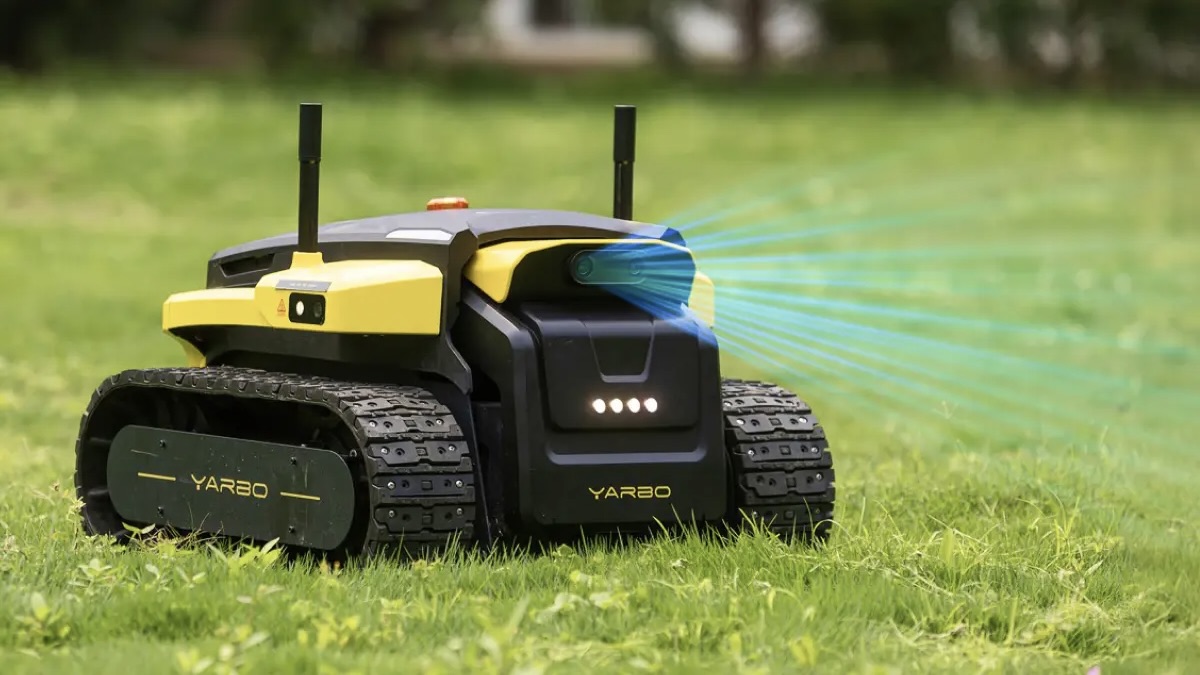 This is the world's first multi-purpose garden robot – it even has a leaf sweeper attachment
This is the world's first multi-purpose garden robot – it even has a leaf sweeper attachmentYou won't even have to lift a finger
By Lizzie Wilmot
-
 Govee's new smart string lights are nearly here – and the design is my favourite so far
Govee's new smart string lights are nearly here – and the design is my favourite so farThey've appeared on the CSA website and Amazon
By Lizzie Wilmot
-
 Philips Hue Appear Outdoor Wall Light review: one of my favourite smart lights so far
Philips Hue Appear Outdoor Wall Light review: one of my favourite smart lights so farSleek, minimalistic, and beautifully bright
By Lizzie Wilmot

